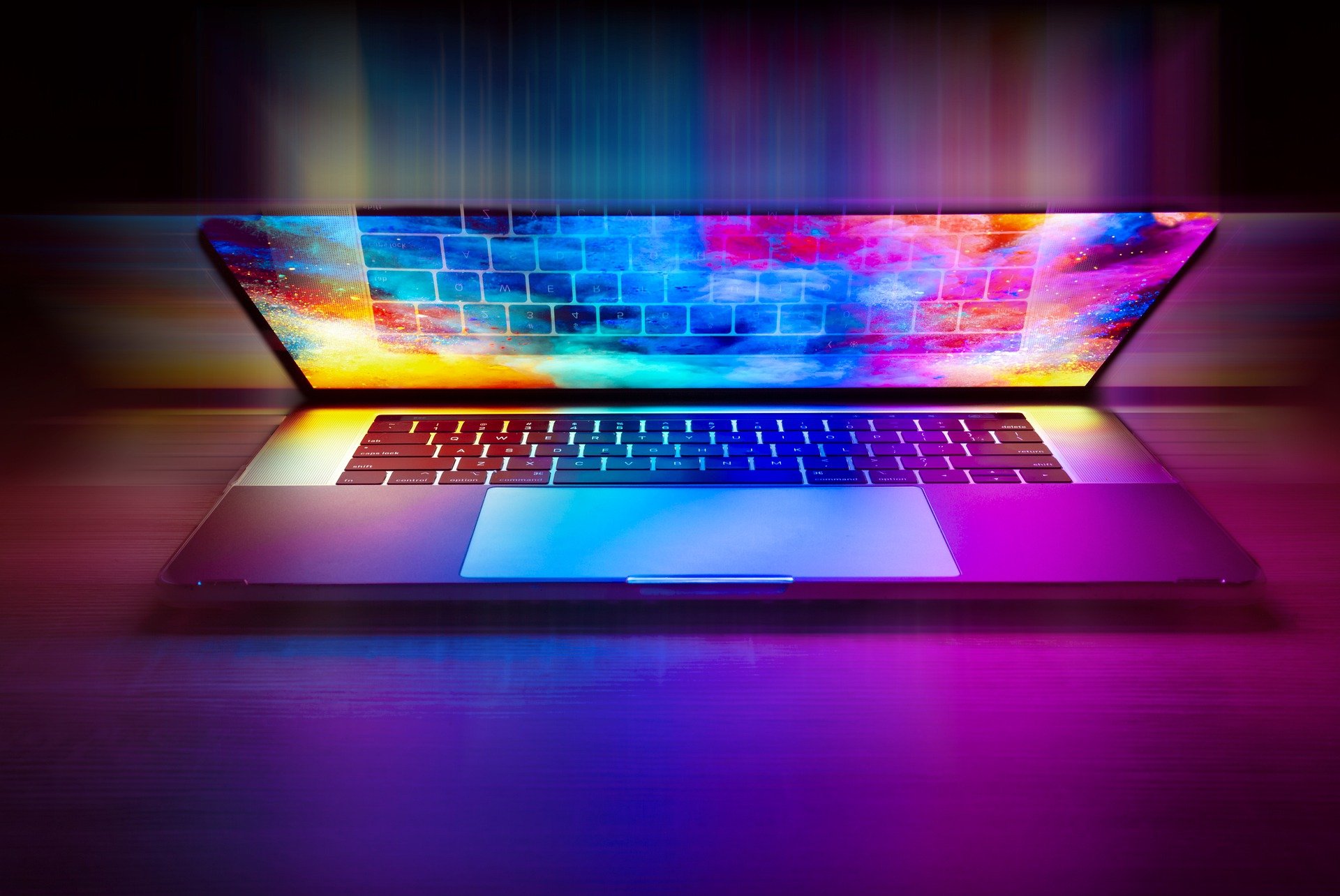
Remember when the iPad came out as the “laptop killer”?
For a while there, it seemed like tablets might be able to claim the top spot as the
primary device corporations would use to get their work done. They’re slick,
ultra-portable, and can do many of the things a desktop or laptop can do.
But today, almost a decade since the original iPad debuted in 2010, you probably
won’t see many tablets in use in a professional context outside of the retail
and restaurant industries (where tablets are used successfully for Point of
Sale transactions).
The fact is that, for businesses especially, laptops remain much more practical for
long-term use, word processing, and running resource-hungry applications. And
when we all have such large smartphones in our pockets… what purpose does a
tablet really serve? Laptops, it seems, have won this war quite handily.
But not without introducing several new security risks into play.
The implications of laptops winning the war
Here’s where the trouble comes in: One of the primary benefits of laptop is that it’s
a fully-powered computer that you can take anywhere. On the flip side, this
means that all of our team members are carrying a treasure trove of corporate
data around with them along with access to the myriad of cloud packages,
websites, and even a way into our corporate network. They take all this to
client sites. To their homes. Onto public transportation. To coffee shops. To
airports. Onto planes.
What if the device is lost or stolen? What if it’s damaged beyond repair? What if
someone intercepts a public WiFi connection and accesses your data? Our risk of
exposure and data loss has gone through the roof.
To mitigate this risk, there are two major items our businesses need to consider in the near term.
1. Where and how you want your team to use
these devices.
Just because your team can work from anywhere doesn’t necessarily mean they should.
Popping your laptop open and connecting to the free WiFi at your local Starbucks, for
example, is as dangerous as it is convenient.
So set some guidelines for your team, including where it’s acceptable for your
employees to work.
If they’ll be permitted to work outside the office, outline what safeguards they must have in place. These might include:
- Centralized anti-virus and anti-malware
- Password-protected home WiFi
- A VPN to securely connect to public WiFi
- A password manager versus “remembering” credentials in your browser
- An encrypted hard drive
Work with your IT team to put these guidelines into policy documents, and share them with your staff. (In many cases, we’ve found that employees are relieved to know the parameters they can safely work within!)
2. How you’re going to protect the data
stored on these devices.
In the past, laptops largely served to connect employees into the corporate network
that lived in the server room in your office. They saved all their documents to
the company file server, and that was that.
This is far from the case nowadays; with the increase in cloud-based file storage platforms and applications, our teams have everything they need stored either in the cloud, or on their laptop itself (in their “My Documents” folders, Desktop, or wherever).
This means that we now need to pay attention to how these laptops themselves are
being backed up. Otherwise, if a device dies, is lost, or is stolen, all the
data stored on the machine is gone forever.
The number of solutions to accomplish this have increased exponentially, so while I have my favorites, I recommend working with your IT team to identify the best solution here, too.
Final thought
Laptops, in conjunction with cloud technology, can do wonders for our productivity,
efficiency, and morale. Just be careful to mitigate the substantial risks that
come with those terrific benefits.
As originally published in the American City Business Journals.

